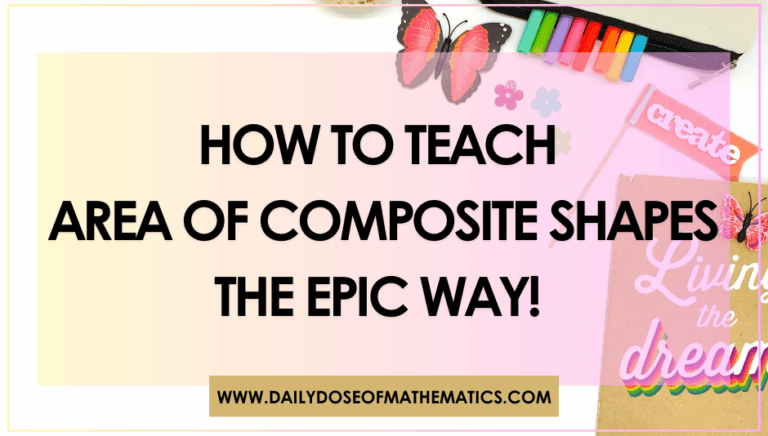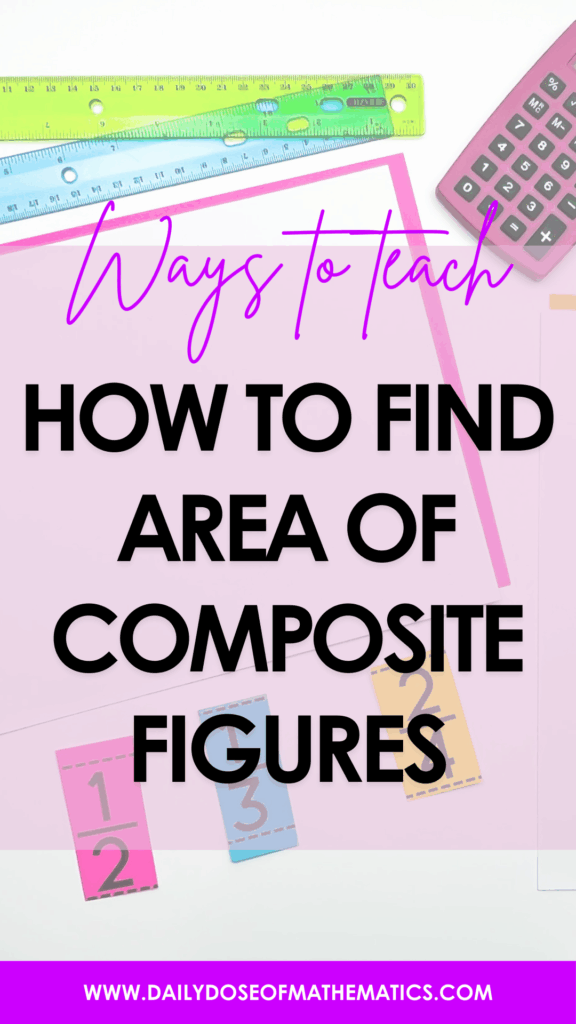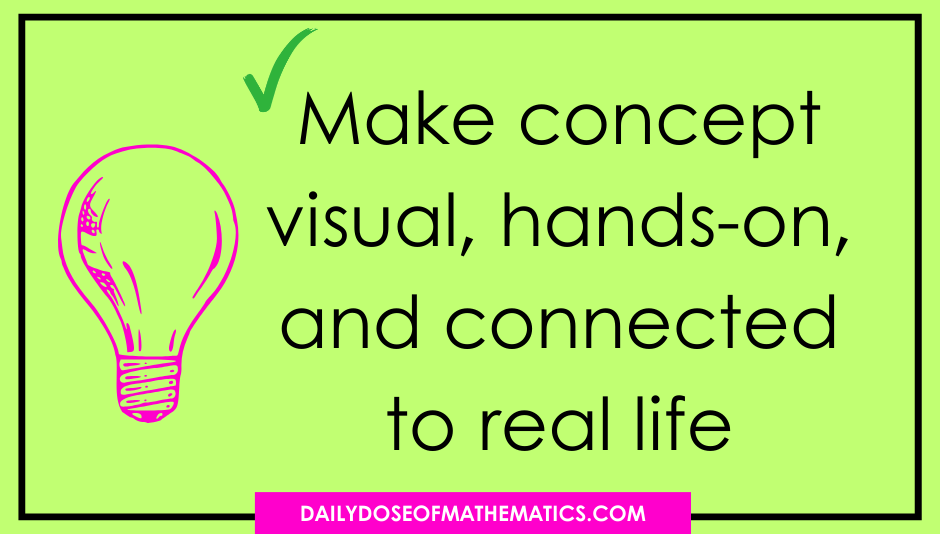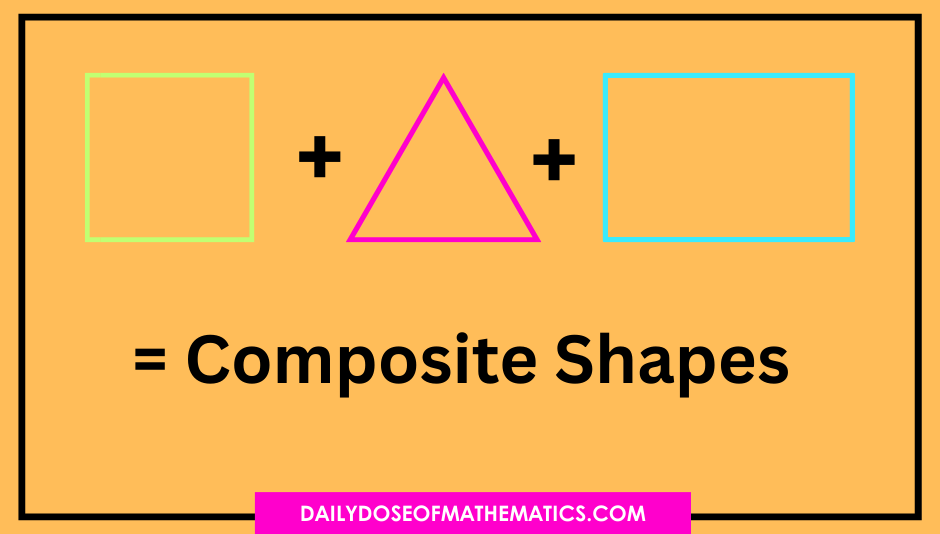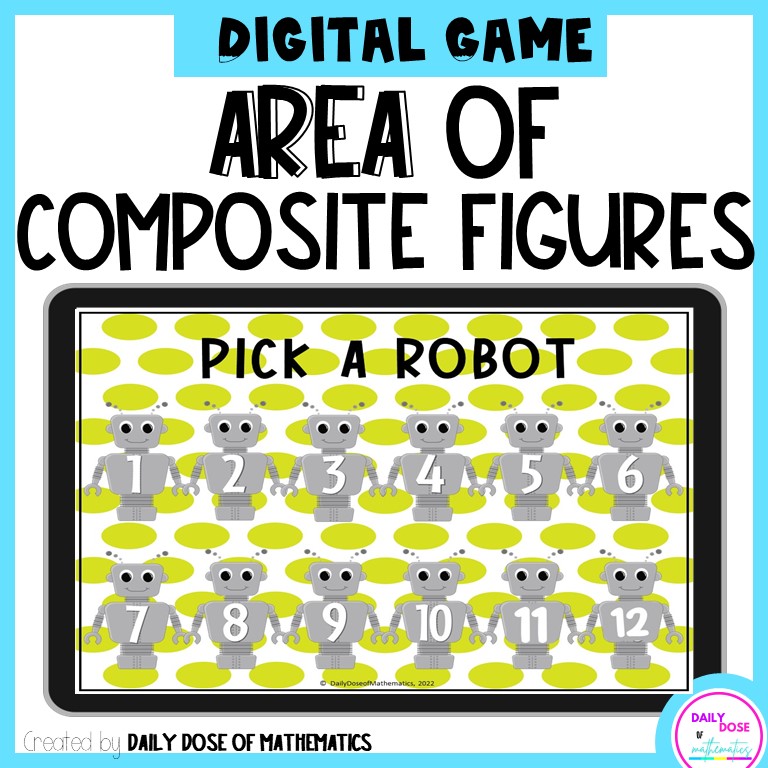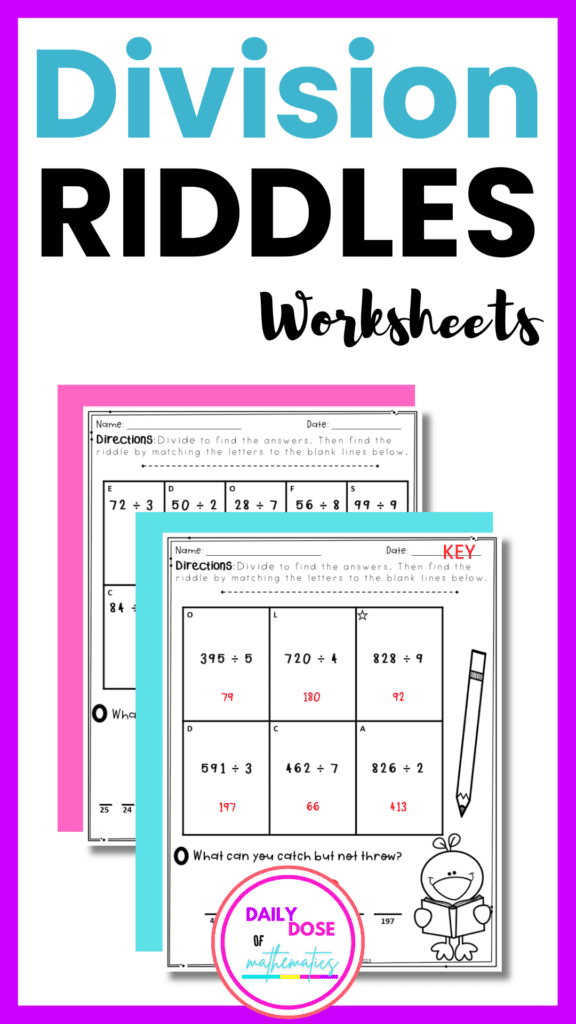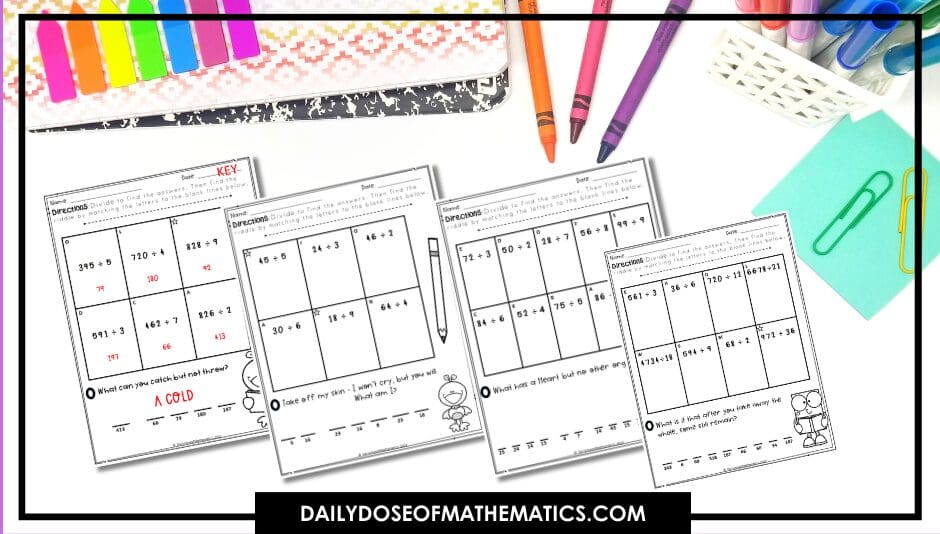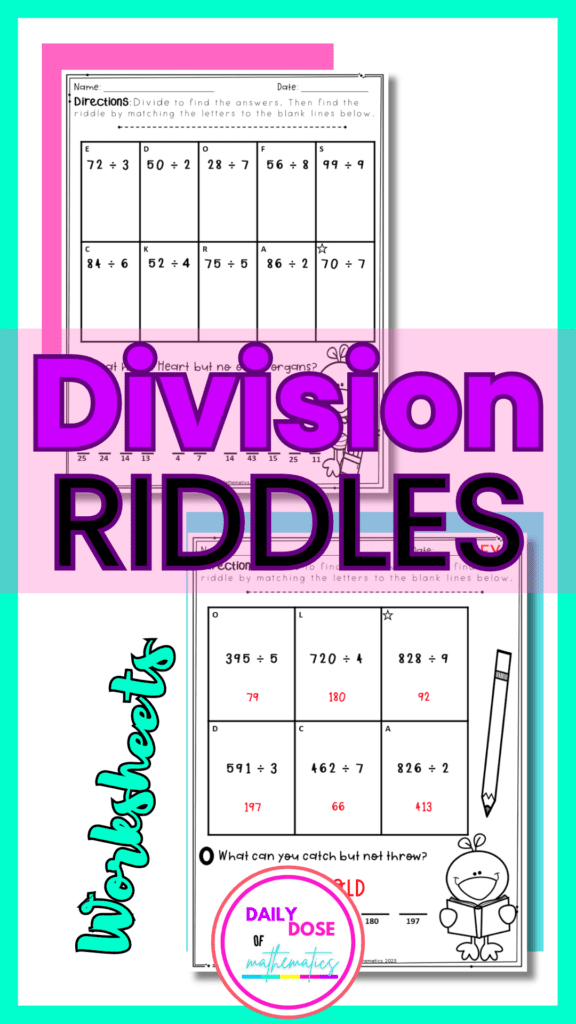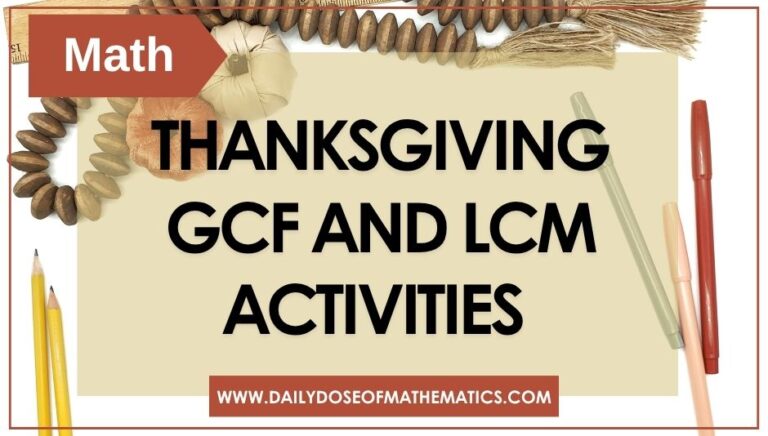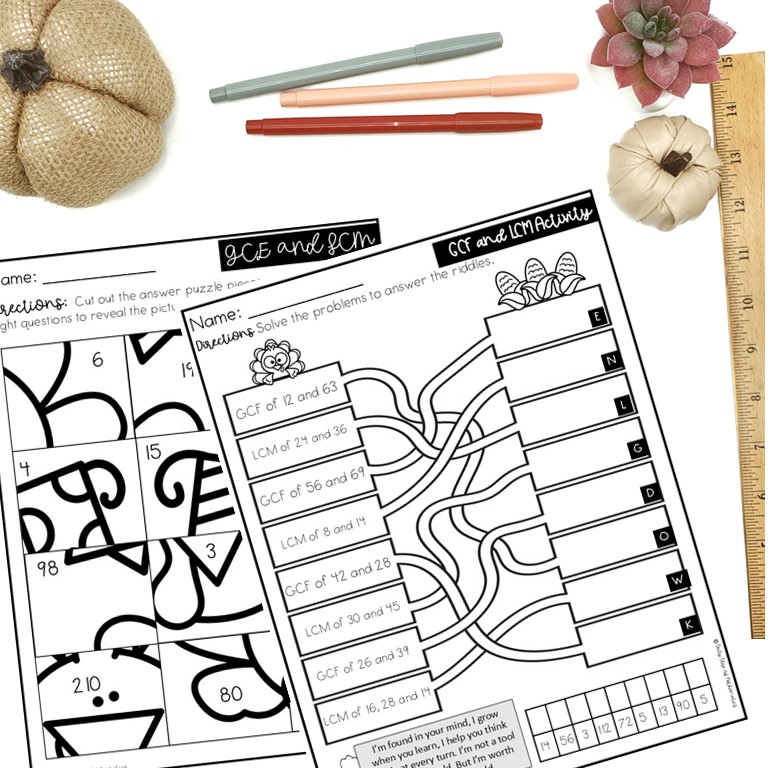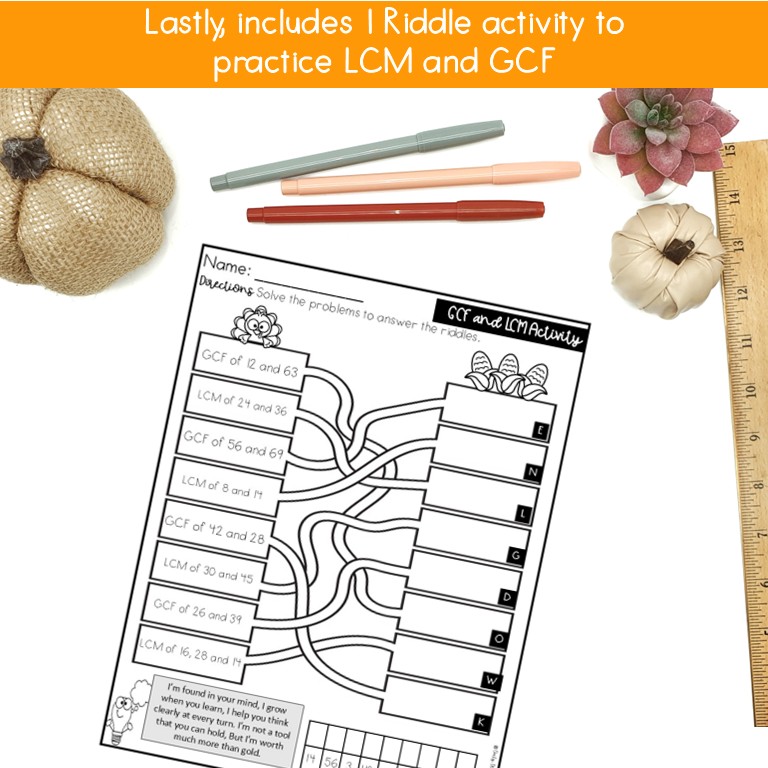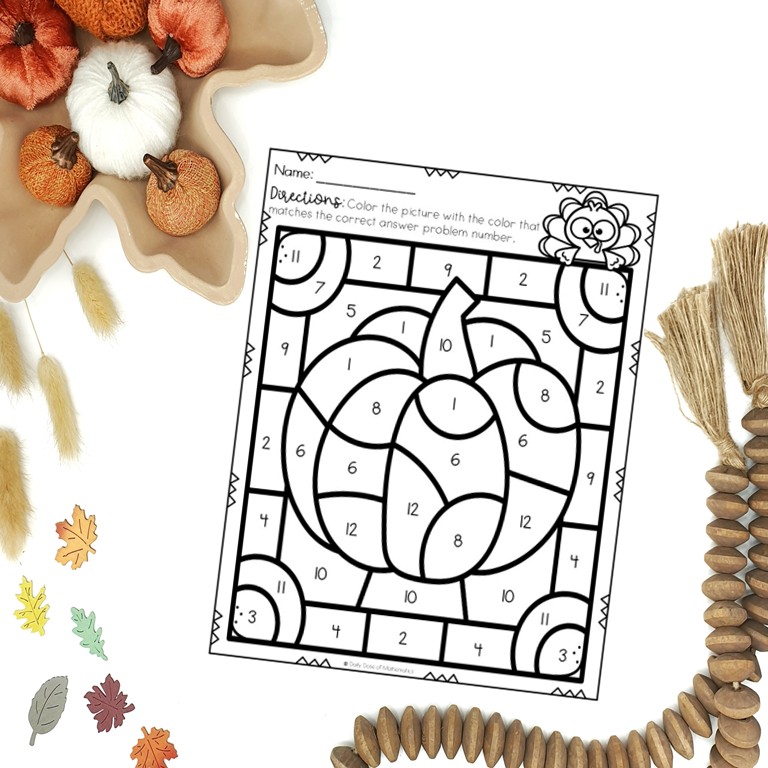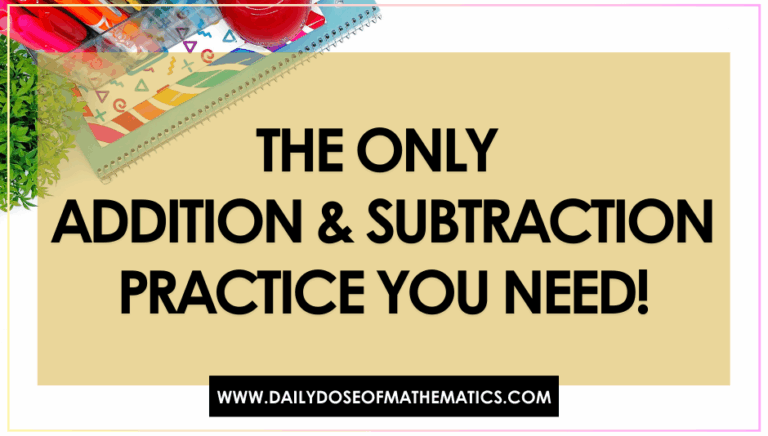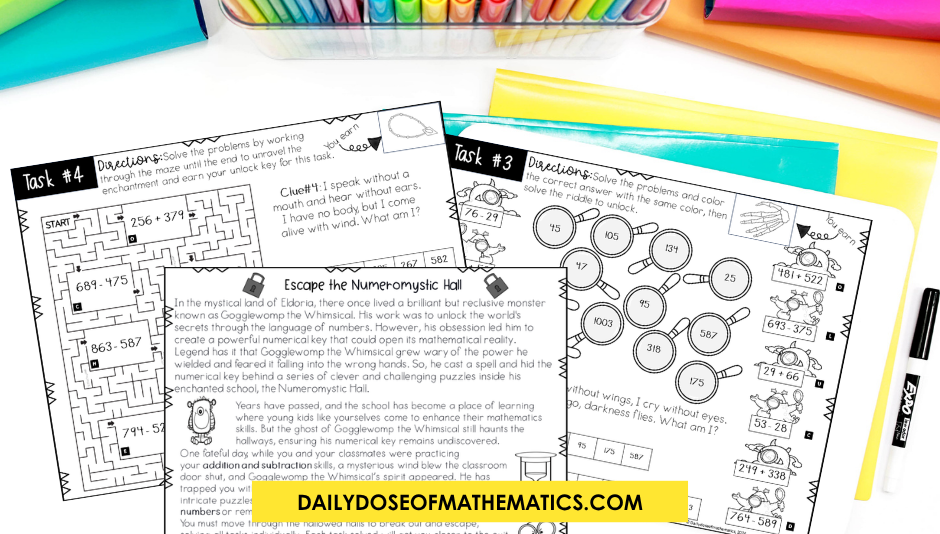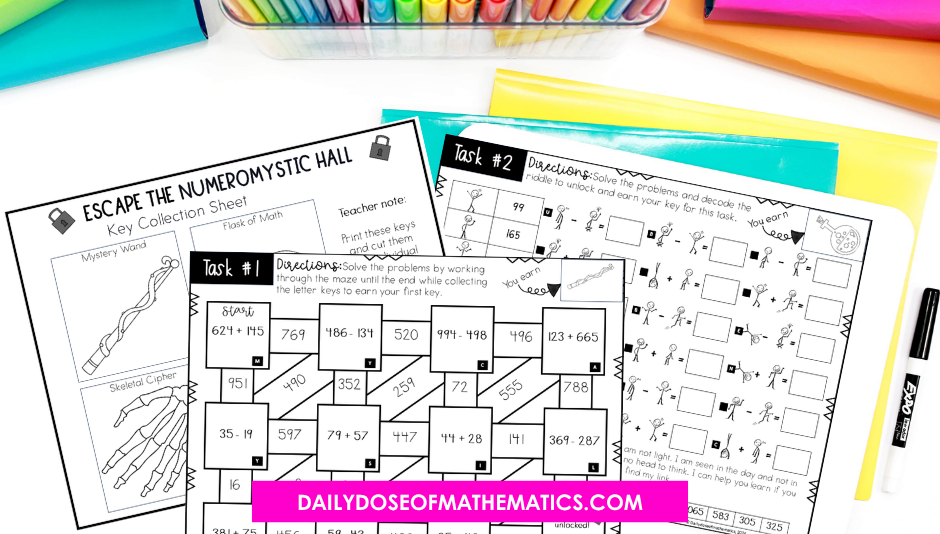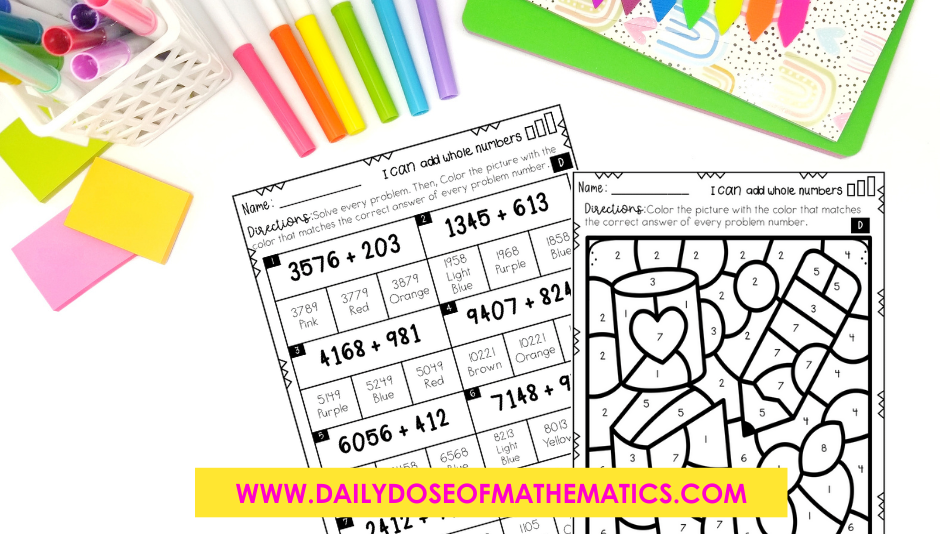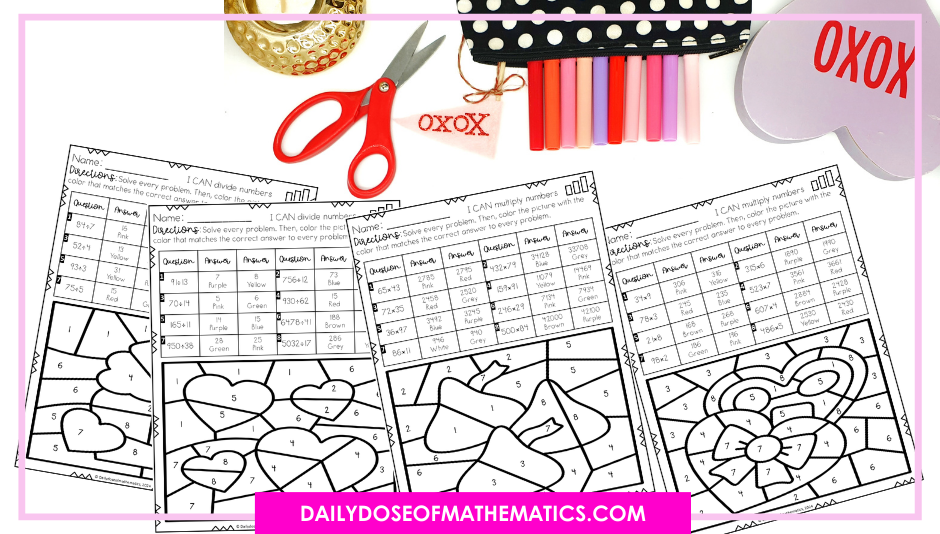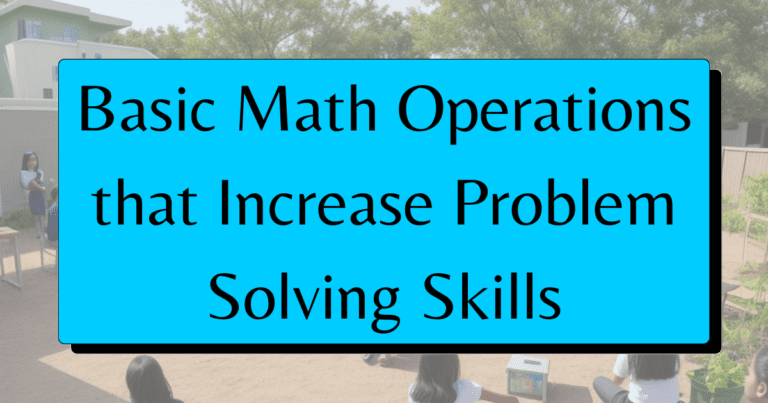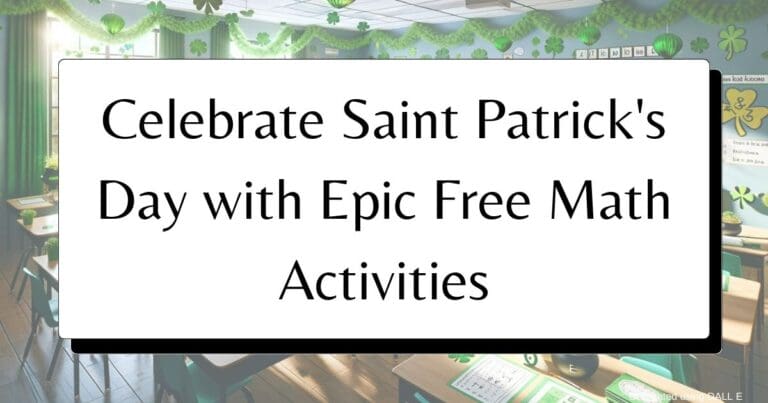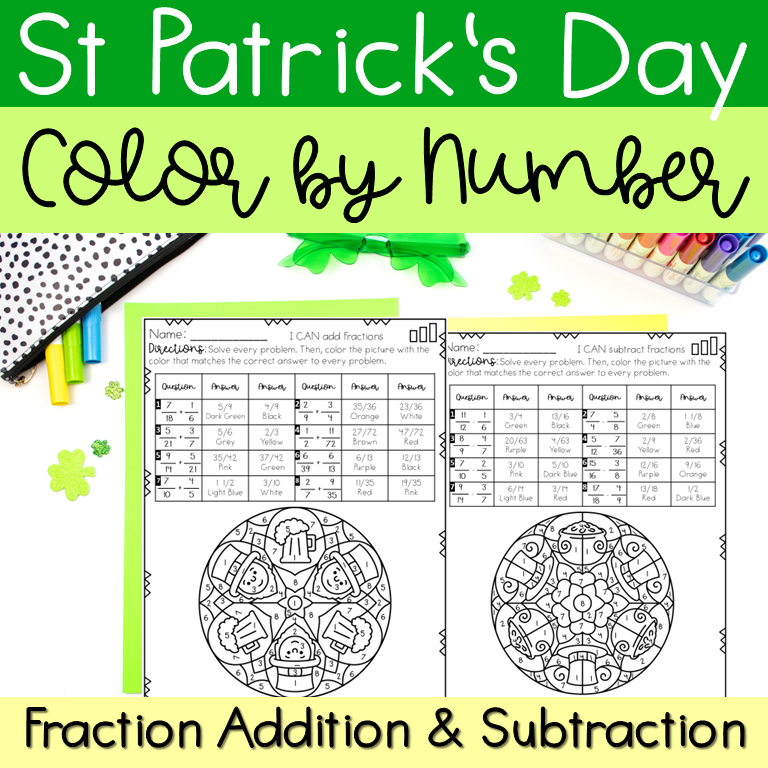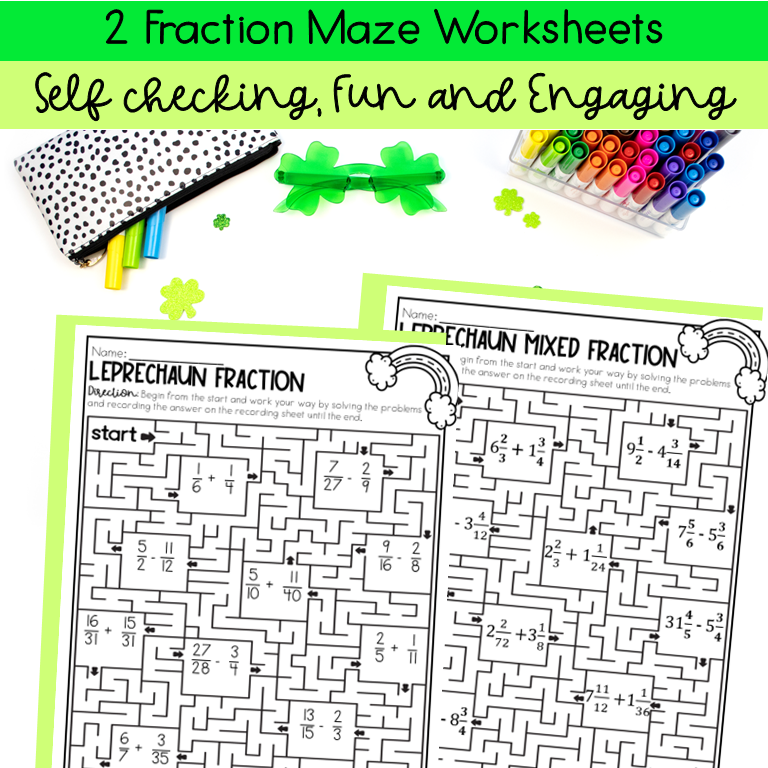3 Digit Subtraction and Addition Worksheets for Daily Math
During my elementary math classroom, I like having games and activities that are not prep.
Why? Well, because it is easier for teachers to set them up and grade, and on top of that, kids ALWAYS love it when I teach subtraction and addition using board game worksheets.
In this blog post, I’m going to share 3 of the best resources you can use in your classroom to teach 3 digit subtraction and addition using worksheets.
First of all, teaching 3 digit subtraction and addition with and without regrouping isn’t just necessary at the start of the year. In fact, it’s better to set up the material as a year-long series resource that you just pull up and instantly use to teach.
Honestly, it can be hard to make something that you can use all year long. At least, it was always hard for me to decide what to use for practicing this basic addition and subtraction skill.
To overcome this problem, I created several 3 digit subtraction and addition worksheets that I keep with me whenever I need them during class.
Here are a few of them that you can use to make your life easier.
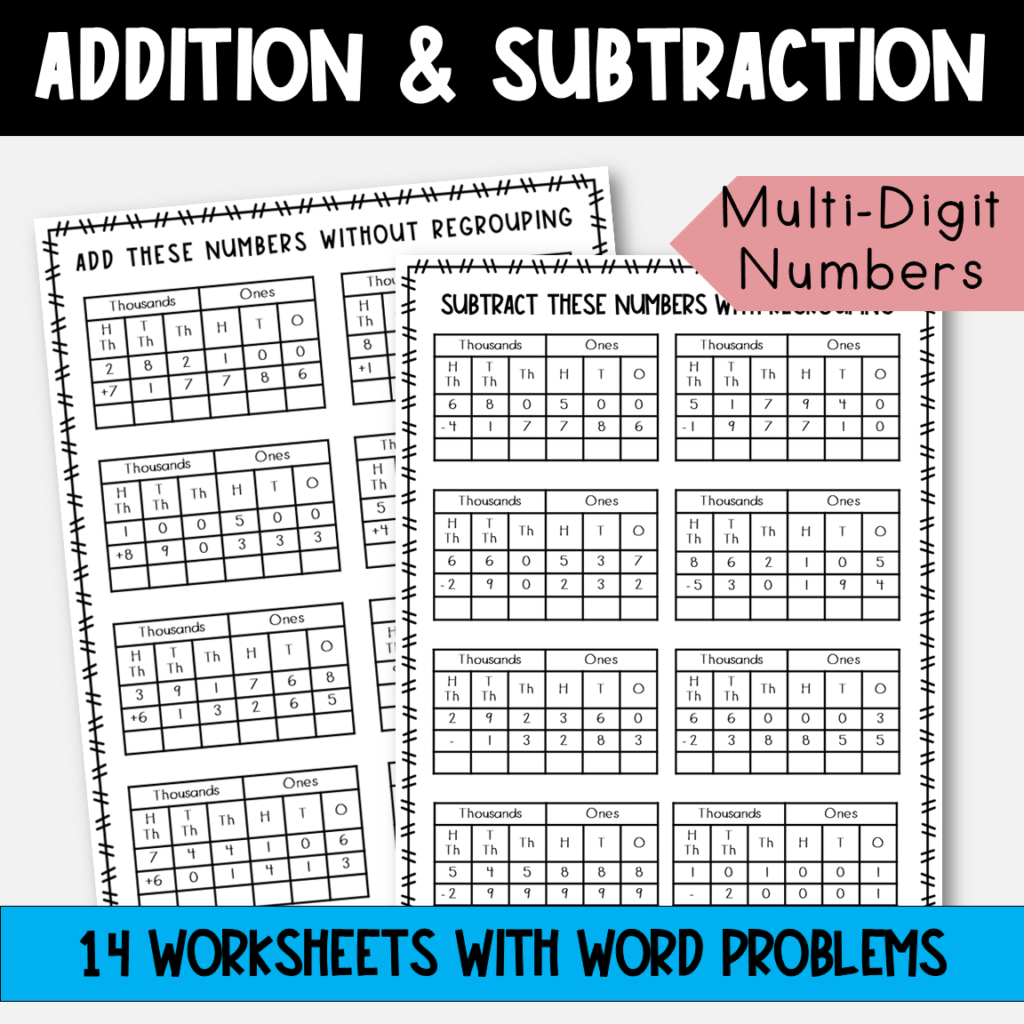
1. 3 Digit Subtraction and Addition Worksheets
As the name suggests, addition and subtraction with regrouping worksheets are best used when we are introducing these concepts to kids.
What you want at this stage is to allow your students to practice the skills they have learned without any distractions.
Once they have practiced enough, you can then use advanced pedagogical activities to reinforce their practice, like printable math board games, digital activities, or even coloring math worksheets.
This excites the students to work on their basics and get their practice done correctly.
Looking for some premade worksheet suggestions?
Check these 3 digit subtraction and addition worksheets
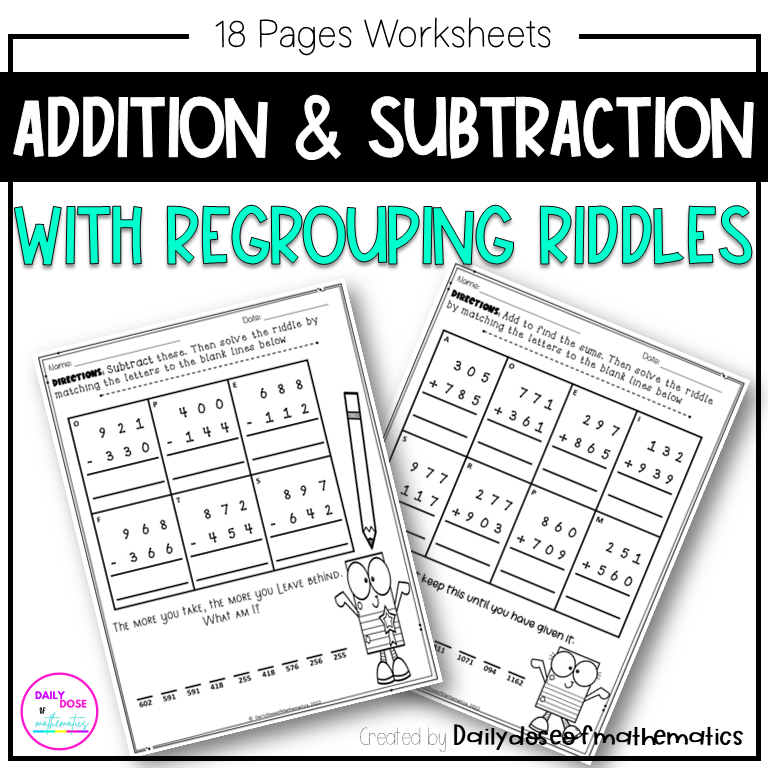
2. Addition and Subtraction Riddles Activity Worksheets
Honestly, who does not love to solve riddles? In my classroom, I always find my kids excited to practice math when done with riddles worksheets.
This activity is the single most used activity throughout my addition and subtraction practice class. Riddles not only keep them engaged in working on math but also keep them excited to know what the answer to the secret question is.
So if you want to make your kids practice 3 digit addition and subtraction, use riddle activities to keep them excited about working on their daily practice.
Another option would be to use it as a center activity or homework to reinforce what they have learned.
Want to check out how I use Riddles for multi digit addition and subtraction, click here.
3. Solve The Room 3 Digit Addition and Subtraction Activity

Let’s face it math is a tough subject for some kids.
And whether you are new to teaching or you have been teaching for quite some time.
It can get frustrating to keep your kids engaged and excited to try new concepts. It can feel boring to go through the same activities day in and day out. But the good news is that it does not have to be!
If you want to make this tedious task more fun and engaging for your kids, WHY not incorporate the Solve the Room activity in your weekly math activities list?
Solve the Room is a simple yet effective way to help your kids get up and moving while solving math inside the class.
It is not only fun and highly active, but can also be used to assess your student’s individual understanding of the concepts.
Here is how it works:
You place the question task cards at different stations inside your classroom. Give each of your students a recording sheet that they can use to solve and write their answers.
Students hop from one station to the other, solving the problems. If they get stuck, they can come to me for some help.
You can use Solve the Room activities for every 5th grade math topic. I use it for almost every 5th grade math topic, like Addition and Subtraction of Whole numbers, Fractions, and Decimals.
But just in case you do not want to make these activities yourself and want to save your valuable time, then I have one inside my TPT store for you to check out. Click here to check!
Want a free adding and subtracting decimals activity check this post!
Join in to get special FREEBIES and Insider’s FUN!


